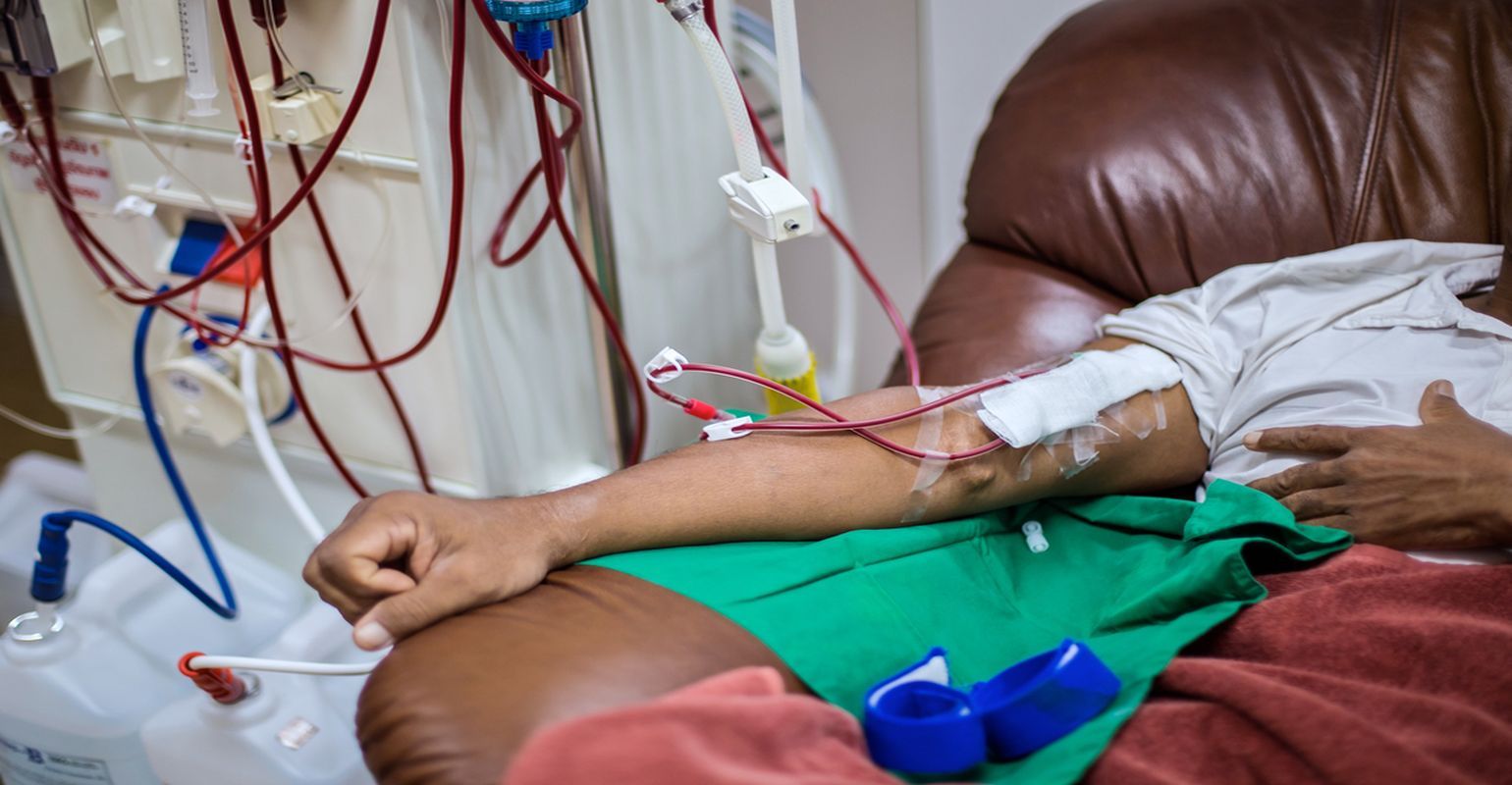Bloodstream Infection Rates as a Measure of Quality in Hemodialysis Facilities

Nearly half a million Americans undergo hemodialysis â the removal of waste, toxins and excess fluid from the blood by a filter designed to assist a failing kidney â for treatment of end stage renal disease. Patients who receive dialysis with a central venous catheter are at nearly ten times greater risk of potentially life-threatening bloodstream infection than patients who receive dialysis via other means of vascular access. Because good infection control practices can significantly reduce the rate of bloodstream infection among patients who dialyze via a catheter, the Centers for Medicare and Medicaid Services (CMS) uses bloodstream infection rates as one measure of quality care by hemodialysis facilities.
A new study led by researchers at Beth Israel Deaconess Medical Center (BIDMC) investigated rates of bloodstream infection among patients with or without catheters in outpatient hemodialysis facilities in New England. The team found that four dialysis provider groups had significantly higher bloodstream infection rates in their patients with catheters compared to the best-performing dialysis provider group. They also showed that hemodialysis facilities treating smaller percentages of patients with catheters had significantly higher bloodstream infection rates for their catheter patients than facilities with more than 20 percent of patients using catheters. The findings appeared on September 7 in the Clinical Journal of the American Society of Nephrology.
“Both findings were surprising,” said corresponding author Robert S. Brown, MD, associate chief for academic affairs of the Division of Nephrology at BIDMC and an associate professor of medicine at Harvard Medical School. “Bloodstream infection rates in patients with catheters are likely to reflect aspects of the facility’s quality of infection control more directly than infection rates in all dialysis patients. Therefore, the study suggested that the bloodstream infection rate in patients with catheters may serve as a better quality-of-care parameter than a facility’s overall bloodstream infection rate, a clinical measure used by CMS for quality assessment now.”
Brown and colleagues used data from all 179 Medicare facilities providing adult outpatient hemodialysis in New England throughout 2015â2016. Facilities served a median of 60 patients per facility, with an average of 17 percent of them having catheters. Overall, patients on dialysis were at low risk of bloodstream infections. However, the team found that patients with a catheter were about 7.5 times more likely to end up with a bloodstream infection than patients without a catheter.
“This study raises concerns that infection control techniques may be better in facilities with greater numbers of patients with catheters, and there is a need for better infection control training and experience of the staff in facilities with low percentages of patients with catheters and the facilities operated by some dialysis providers,” said Brown.
“Learning what factors may be involved to explain the large differences in bloodstream infection rates among hemodialysis facilities with higher catheter infection rates would be helpful to counsel patients about the risks of their vascular access options for dialysis,” Brown added. “Prospective studies will be needed to shed a light on such factors.”
Brown’s co-authors were biostatistician Roger B. Davis, ScD, in the Department of Medicine at BIDMC and Kristin Brickel, RN, MSN, MHA, CNN, of DaVita HealthCare Partners, Inc. IPRO ESRD Network of New England provided the team with data. This work was conducted with partial support from the Harvard Catalyst (NIH award UL1 TR001102.)
Source: Beth Israel Deaconess Medical Center